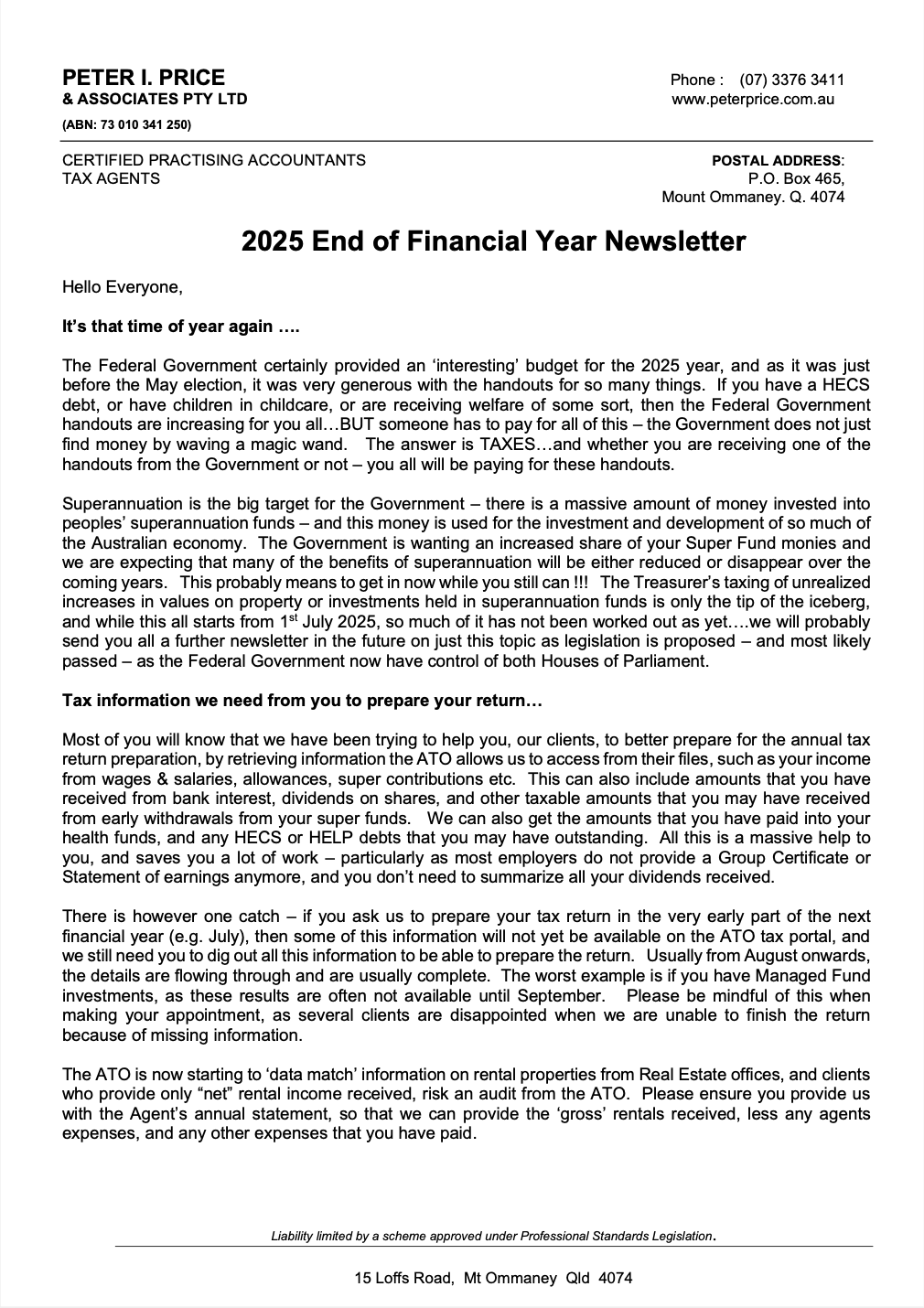Low productivity threatens inflation outlook, RBA warns

.
The Reserve Bank of Australia is taking a balanced course back to three per cent inflation but has major concerns about low productivity levels driving up unit labour costs, RBA governor Dr Philip Lowe has said.
“Unit labour costs is the difference between wages growth and productivity growth. Wages growth is around 3.75 per cent. Historically, that hasn’t been a problem, that would have been a good number,” Dr Philip Lowe.
However, with productivity growth at a standstill this has led to higher unit labour costs within Australia.
“Over the past three years there has been no increase in the average output produced per hour worked in Australia. There has been no productivity growth for three years,” said Dr Lowe speaking at a Senate Economics Legislation Committee this week.
“So we’ve got wages growth at 3.75 per cent and no productivity growth and that’s an issue I’ve been drawing attention. It’s a problem for the country and an its a problem for the inflation outlook at all.”
Other central banks are facing similar issues with the growth of unit labour costs, according to the Reserve Bank.
“It’s a problem. If you’ve got labour cost growth at 3.5 to 4 per cent. Then it's hard to have 2.5 per cent inflation,” he stated.
“The best solution to this is uplifting productivity growth.”
Dr Lowe said the RBA’s next decision on the cash rate target will depend not only on unit labour costs, but the global economy, inflation expectations and consumer spending.
With many businesses operating in survival mode rather than growth mode during the pandemic, this may have led to a slow down in investment, he said.
“We also saw disruptions were you couldn’t get investment goods and you couldn’t get people. All of those things hurt productivity growth during the pandemic. That’s now behind us so perhaps now we’ll see productivity growth pick up,” he said.
“If there's no productivity growth, then it's hard to have increase in real wages. That's the reality we really have to face.”
Inflation forecast to return to target range in mid-2025
The Reserve Bank is expecting the headline inflation rate to return to 3 per cent by mid-2025.
Dr Lowe said while this is a bit later than other countries, the RBA has consciously made the decision to have a “slower glide path back to target”.
“We want to preserve some of the gains in the labour market that have been achieved,” he said.
“Australia has not reached full employment in four decades and we’ve finally got there. This is one of the positive legacies of the pandemic. Youth unemployment is the lowest it’s been in decades and people have the opportunity to get more hours of work. Getting a job is the easiest it’s been in 50 years.
The RBA will still pursue a course back to 3 per cent inflation but it will be a balance course, said Dr Lowe.
A rebound in inflation for April raises risk of rate hike
The ABS’ Monthly CPI Indicator rose to 6.8 per cent year on year in April from 6.3 per cent year on year in March.
“This was stronger than market expectations for a rise to 6.4,” said AMP chief economist Shane Oliver.
“The Monthly CPI Indicator partly reflects the dropping out of the April 2022 drop in fuel prices due the halving of fuel excise and a 7 per cent rise in April in holiday travel and accommodation which looks to be seasonal due to Easter and school holidays.”
The ABS data showed that new dwelling purchase costs and household furnishing and equipment inflation are continuing to slow but rent inflation is continuing to accelerate and electricity inflation at 15.2 per cent year on year is set to rise further from July.
Dr Oliver said the trend in inflation still remains down.
“Given this along with falling real retail sales and signs of a rising trend in unemployment our base case remains for the RBA to keep rates on hold next week,” he said.
“However, with inflation still very high and upside risks to wages flowing from the upcoming minimum wage increase, the still tight jobs market and faster public sector wages growth the risk of another rate hike is now very high.”

